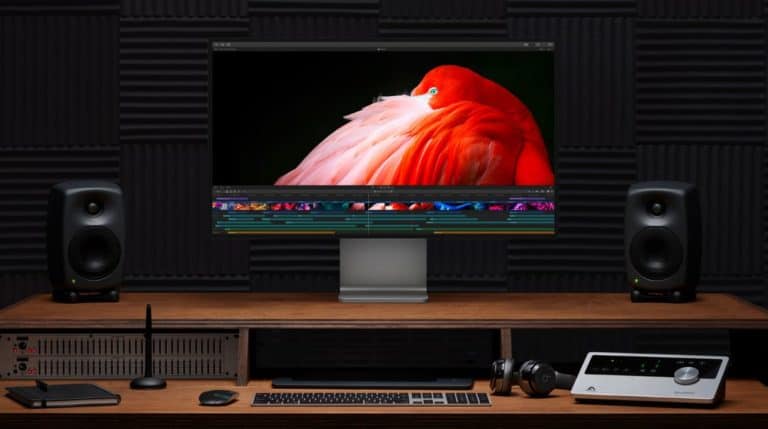According to Mark Gurman from Bloomberg, the new iMac will come in the same 24-inch screen size and colors as the current model. However, it will be more powerful and feature a new M-series chip to replace the M1.
The iMac will also see some internal component redesigns, and the manufacturing process for attaching the stand will differ. Although the development of the new iMacs has reached a late stage, it is not expected to go into mass production for at least three months. Therefore, it will likely ship in the year’s second half at the earliest.
Apple is also set to launch about three new Macs between late spring and summer, with those three models likely to be the first 15-inch MacBook Air, the first Mac Pro with homegrown Apple chips, and an update to the 13-inch MacBook Air.
Which processors will these new Macs run on?
The Mac Pro will include the M2 Ultra, and the next iMac will be one of the first M3-based machines. If the new MacBook Air models launch with the M2 chip, they will quickly become outdated.
Therefore, it is plausible that Apple is gearing up for the new 13-inch model to be an M3 machine, marking the first time Apple is moving from 5-nanometer chip process technology to a 3-nanometer design in the Mac.
The new operating systems are now in beta testing, and the second beta of the upcoming iOS 16.4 and iPadOS 16.4 have been rolled out to developers.
The final OS release is expected to arrive for consumers in April
The corresponding watchOS, tvOS, and macOS updates are also in testing. These updates will support some of the new Macs that Apple is set to launch.
In other Apple news, the company’s cloud chief is set to leave, and Apple recently got a rare antitrust win. However, it abruptly shuttered a store, which was surprising to many. Apple’s Secret Exploratory Design Group is reportedly working on more than just a no-prick glucose monitor.
Looking further into the future, exciting Mac upgrades are expected to come as early as 2025, including the first MacBooks with OLED screens and touch support.
